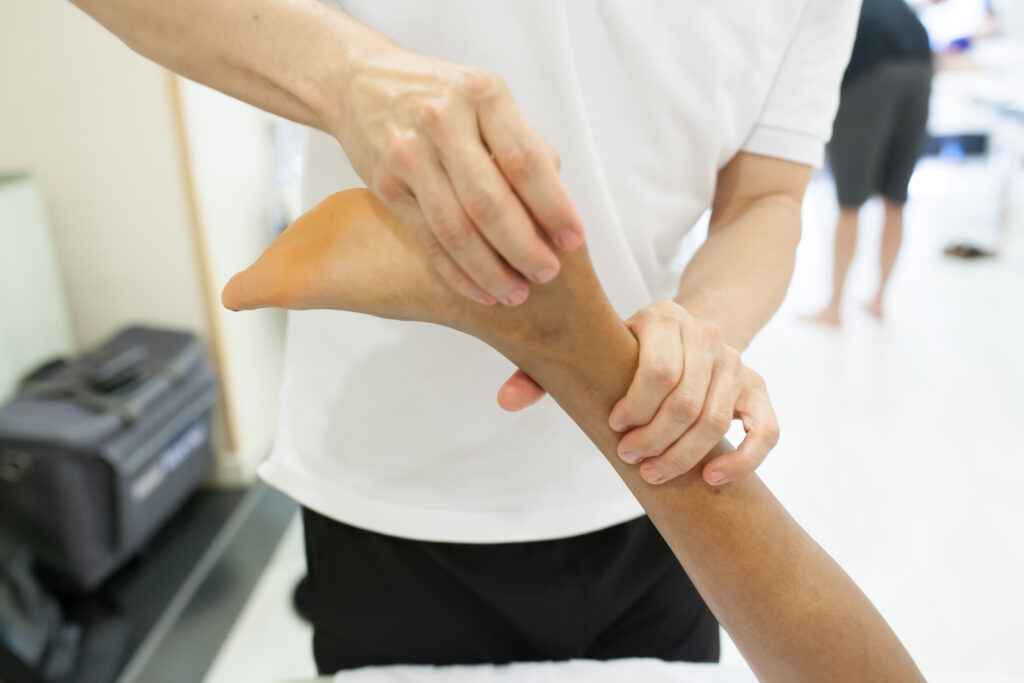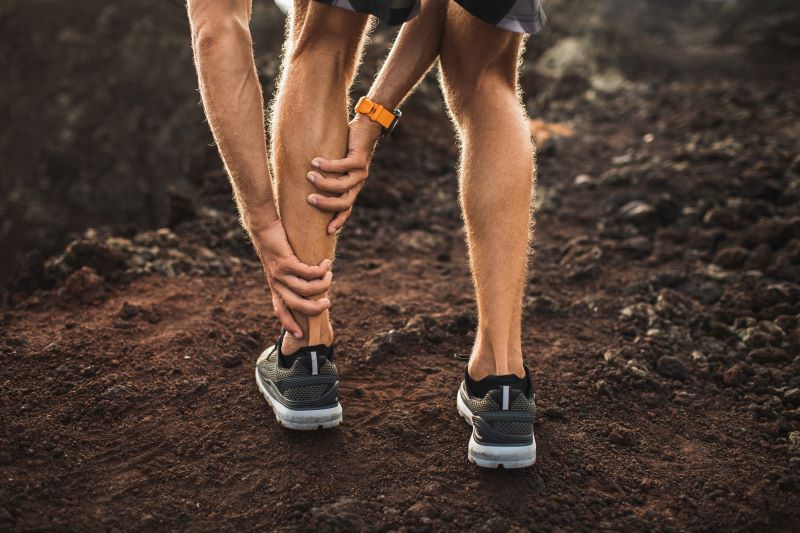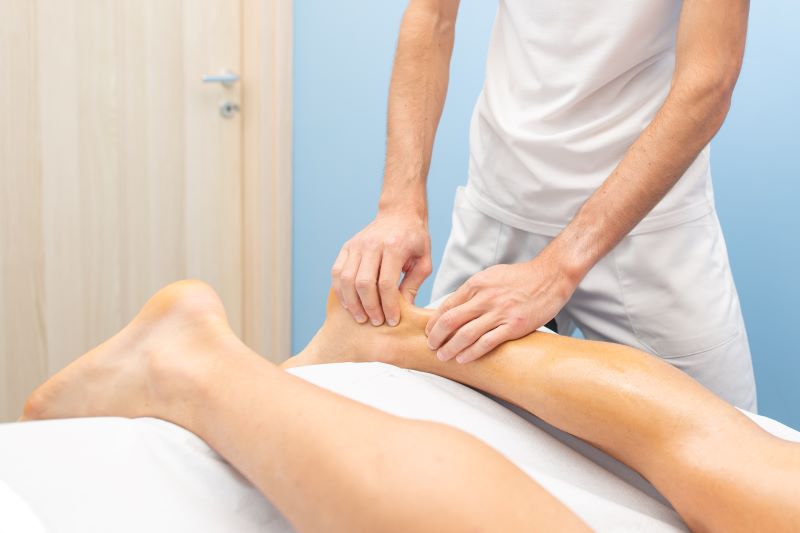The Achilles tendon is located on the back of the heel, and it connects the calf muscle to the heel bone. It is a prominent tendon, and it is visible under the skin on most people. When the Achilles tendon becomes inflamed, it is called Achilles tendonitis. For many patients, this can make everyday activities like walking, running, standing, or even sitting uncomfortable. There are also some risks involved. This tendon is so important, so understanding why it hurts and what might be wrong with it can really make a difference.
 The Achilles Tendon
The Achilles Tendon
Your Achilles tendon is the largest and strongest tendon in your body. However, it is also one of the most commonly injured tendons. It is also called the heel cord or the calcaneal tendon. The Achilles starts mid-calf, and extends down to just above the base of the foot. It has to be extremely strong, as it is essential for standing up, walking, and running. Unfortunately, it has a very poor blood supply. This means that it can become easily strained by overuse, and injuries can take a long time to heal. However, that does not mean it cannot heal, and there are several options available for treatment.
Achilles Tendonitis
One of the most common problems that can occur with the Achilles tendon is tendonitis. The cause of Achilles tendonitis is almost always overuse. This usually occurs due to a sudden change in exercise level, high-intensity exercise (such as running) without proper stretching, or starting a new kind of exercise such as starting a new sport. The symptoms associated with Achilles tendonitis usually gradually get worse over time. These include aching in the back of the leg, tenderness and stiffness around the tendon and calf muscle, and heel pain. The most common treatment for Achilles tendonitis is rest, hot and cold compresses, as well as anti-inflammatory medications, which can be purchased over the counter. For most patients, this will relieve symptoms. However, if the patient is not seeing a reduction in symptoms after self-care measures, it is extremely important to make an appointment with a specialist.
Risks of Achilles Tendonitis
When a patient gets Achilles tendonitis and does not treat it, there are some serious risks involved. Achilles tendonitis can actually lead to tendon rupture and/or calf muscle tears.
Tendon Rupture
The worst-case scenario of Achilles tendonitis is that it will lead to the Achilles tendon rupturing. This mostly happens during high-intensity exercise, and can even be audibly heard. This means that the tendon snaps and this can be extremely painful. Walking will become difficult and the patient will immediately notice a difference. There are four different surgical options for repairing an Achilles rupture, but it can be healed non-surgically. However, the non-surgical option can take longer and involves wearing a series of casts. It also carries a higher risk for blood clots or other complications. An Achilles tendon rupture is preventable and should seldom happen with proper care and prevention.
Calf Muscle Tears
When tendonitis is not properly addressed, it can also lead to calf muscle tears. This is because when the Achilles tendon is inflamed, it puts more stress on the tendon itself, which leads to more stress in the calf muscle. Calf muscle tears are usually painful and occur as a result of sudden movement which overstretches them. After the tear occurs, some people may not be able to walk or bear weight on the affected leg. The calf muscle may bruise and swell, and you may see a physical indentation in your leg. This can also cause blood clots or even compartment syndrome, which could result in cell death, amputation, and could even be fatal. This is rare, but it can happen.
 Prevention of Achilles Injury
Prevention of Achilles Injury
While Achilles injury seems scary and concerning, it is absolutely preventable and manageable. There are several ways to prevent and manage Achilles injuries and heel pain that come from tendonitis.
Stretch Regularly
Stretching properly is absolutely essential in preventing Achilles injury. If you don’t know how to stretch properly, talk to your doctor. If you are not stretching properly, that will not prevent injury and can actually make things worse. Be sure to stretch in the morning, and before or after any exercise to protect your Achilles tendon.
Strengthen The Surrounding Muscles
If you strengthen the muscles surrounding your Achilles, it will help protect the tendon and make sure that the muscles are better prepared for any stresses that could injure the tendon.
Wear Supportive Shoes
Wearing supportive shoes (or custom orthotics) is a great way to protect your Achilles from injury and avoid other foot-related problems. Replace any worn-out shoes. Make sure your shoes support your foot and cushion your heel appropriately.
Cross Train and Increase Gradually
If you are starting a new exercise regimen, pay attention to the intensity. Increase gradually to protect your muscles and tendons. You can also cross-train to allow your body to rest between high and low-impact activities. Most people injure their Achilles tendon through high-impact exercises, like running or jumping, so try swimming or cycling instead.
Be Aware of Your Risk Factor
Another aspect of prevention is understanding your risk factors. Men are much more susceptible to Achilles injuries than women. Having a flat arch in your foot also puts you at risk. High blood pressure is also a risk factor for Achilles tendonitis. It is also more common as patients age. Remember that sometimes, your body changes with time, so pay attention to what aches or hurts, and address it.
 Taking Care of Your Body
Taking Care of Your Body
As you take better care of your body, you will prevent issues like Achilles tendonitis and learn to protect your feet and ankles from other problems. If you are experiencing heel pain or other strain, make an appointment today with Foot & Ankle Specialists of Illinois to understand what may be going on in your body. There are many treatment options available that can help you feel better and get started on healing.

